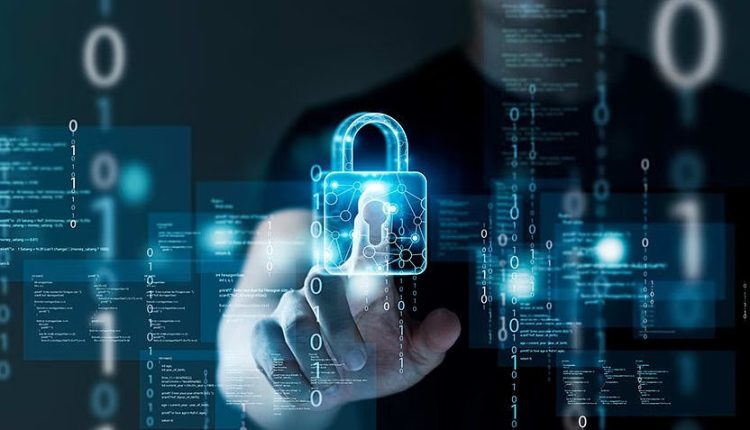In the age of digital communication, safeguarding of our personal and financial information is essential. Using end-to-end encryption, Apple, an early adopter in the computer industry, has made major steps to safeguard the privacy of user communications. This article looks at Apple’s methods for message encryption, which protect the confidentiality and security of your conversations.
End-to-End Encryption
An essential component of Apple’s encrypted communication system is End-to-End Encryption (E2EE). The secure and encrypted connection between two devices is guaranteed by E2EE. If you utilise this encryption technique, it will be almost hard for Apple or anyone else to see the details of your discussion. The contents won’t be understandable even if someone intercepts the message in transit or obtains unauthorised knowledge of Apple systems.
Source: Apple – About Apple and End-to-End Encryption
Message Encryption
Apple encrypts communications transferred between devices using asymmetric and symmetric algorithms in combination. A random symmetric key is originally used to encrypt the message’s content before it is sent. The recipient’s public key is then used to encrypt this key. The receiver is then given access to the encrypted message and key. The symmetric key is encrypted by the recipient’s device using its private key, which is then used to decode the message.
Source: Apple Support – iMessage Security
iMessage Security
All of Apple’s devices support the company’s own texting service, iMessage, which offers a high level of security. It uses two levels of encryption. First, a special AES-128 key is used to encrypt the communications. Then, using TLS (Transport Layer Security), these encrypted communications are transferred across the internet. Only the intended receiver, in possession of the appropriate key, will be able to decode the communications thanks to the AES-128 key. The keys used in iMessage encryption are also protected by Apple using Secure Enclave and Touch ID as an extra layer of protection.
Source: Apple – iMessage Security
FaceTime Encryption
FaceTime, an online video chat service from Apple, likewise uses end-to-end encryption. While moving between two devices and while being sent via Apple servers, video and audio data are encrypted. FaceTime stands out because encryption keys are generated and destroyed for each session, making it almost impossible for anybody, not even Apple, to listen in on a conversation.
Source: Apple – FaceTime Security
iCloud Services Encryption
Documents, pictures, and music may be stored on distant servers using iCloud, Apple’s cloud computing and storage service. Apple uses a number of encryption techniques, including as E2EE and AES-256, to protect user data. A special 256-bit AES key is used to encrypt your data while backing up an iOS device using iCloud. Apple encrypts the encryption key and keeps it together with the encrypted data in a safe manner on its servers.
Source: Apple – iCloud Security Overview
Conclusion
To sum up, Apple has taken extensive measures to guarantee that user communications are safe and confidential. Apple’s mails utilise encryption techniques that are intended to be almost impregnable. Apple has positioned itself as one of the most secure messaging services accessible with end-to-end encryption, message encryption, AES-128 key, Secure Enclave, Touch ID, and several other security features. We hope that this essay has given you a better knowledge of the encryption techniques Apple employs in its messaging as well as the unmatched advantages they bring to its consumers. With Apple’s cutting-edge security features, your communication privacy is in competent hands Remember, the security of your messages and data is a top priority for Apple, and their encryption methods are designed to offer robust protection against unauthorized access.


